Hey all! McShadesz here. This is my first post of probably many.
I am looking at making a system to teach progressively harder redstone to people who want to get into digital-redstone-logic. If I do this, the end-all of the system would be them building a redstone calculator. However, I am sure I am missing some component in this list on the path to a calculator. Will you please look it over and let me know if/what I am missing? Thanks!
Note: I am sure some of these below are not required (some of the gates, etc) but believe they are good to teach anyways, so I will leave them on.
NOT gate
AND gate
Basic combination Lock (combinational logic)
OR gate
NAND gate
NOR gate
XOR gate
XNOR gate
FF (Flip Flop)
SR Latch
Binary Numbers Intro
Binary Counter Circuits
Binary Half-Adder
Binary Ripple Carry Adder
BUS (parallel vs. Serial)
MUX
DeMUX
binary to 7- Seg Decoder
binary count-down circuit
binary ripple carry subtraction
ALU
Shift Register
Series input combo lock (sequential logic)
Binary Multiplier (Shift and add)
Binary Divider (Shift and subtract)
?? Binary to BCD (using double dabble) - too advanced / complicated ??
?? BCD to 7-seg display decoders - too advanced / complicated ??
THE REDSTONE CALCULATOR
Also note: I am not looking for the "best" design of each of these components, just the best one to teach. For example, a ripple carry adder will probably suffice in teaching adders/subtractors because it does the job and is easier to teach/learn than a carry look ahead.
If some of you want, and I decide to, I would be delighted to feature your particular design (giving full credit) on any of these "steps" to be included in the teaching system.
So... what am I missing, and where would you place it in the progression? Would you change the list at all?
Thanks in advance
-McShadesz
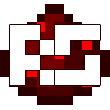
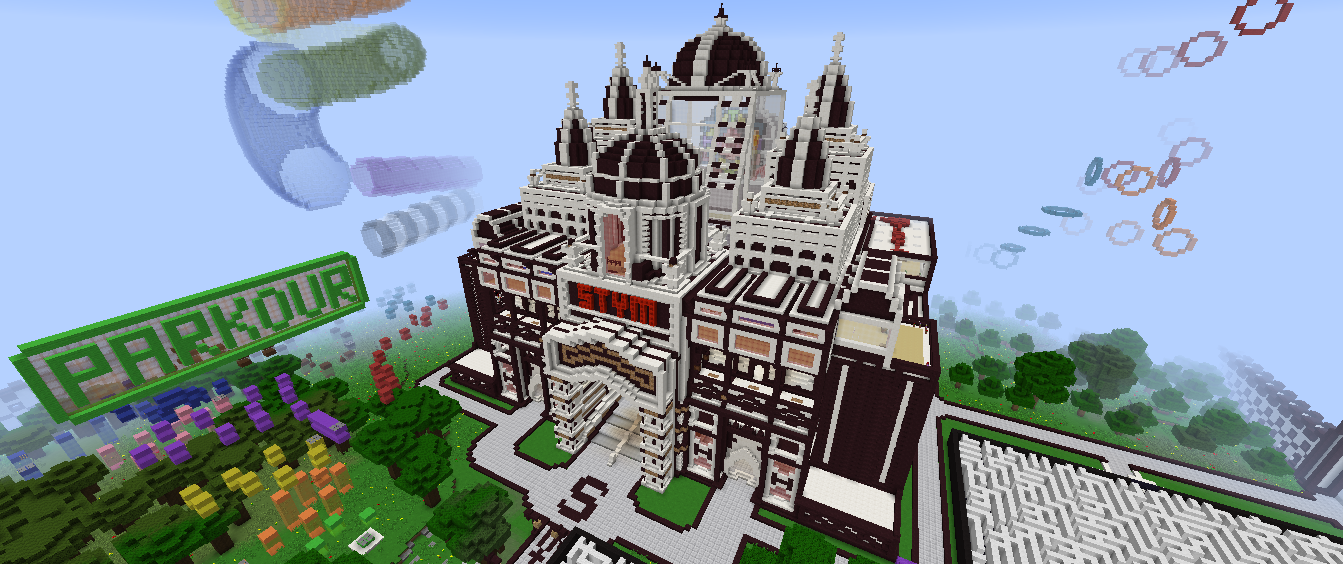
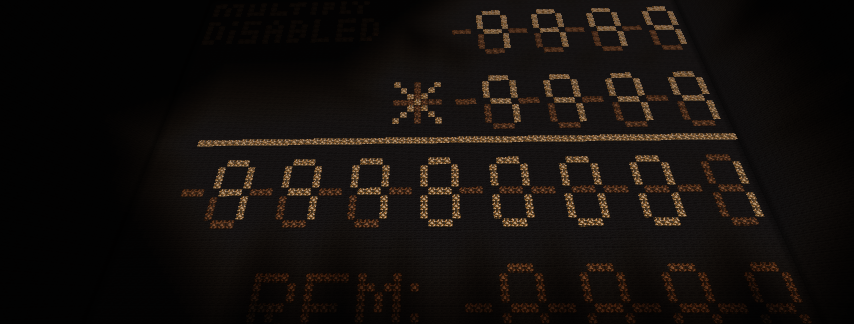

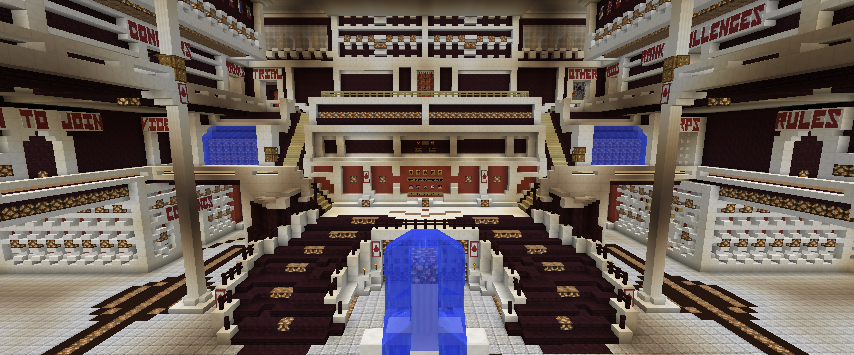
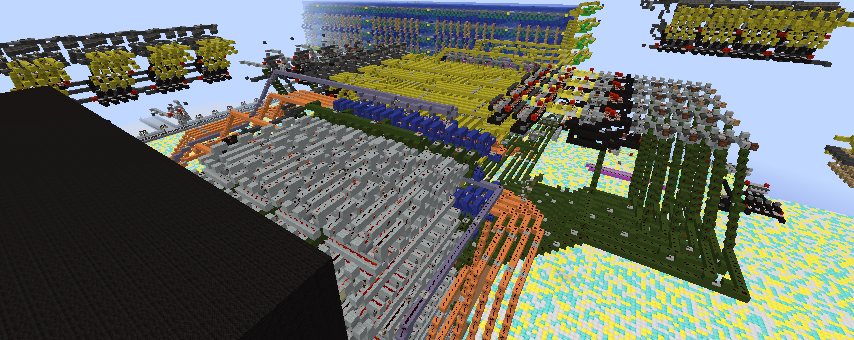
I guess I don't understand the goal of this. So you would like to teach people about circuitry for a calculator? Half-adders are practically obsolete circuits as those don't take carry-ins so it may not be worth teaching about those (whereas full adders will be more important). I don't understand why a combo lock would be in this list as a lock is not necessary for a calculator, unless there is some logic in it that you feel is relevant to a calculator. Double dabbles are complex circuits, the bigger the inputs. but they are teachable as they have a distinct algorithm. BCD to 7 segment is not that difficult of a circuit. Those are just simple torch arrays. BCD -> selection -> chosen 7-seg torch array.
There are 16 logic gates + Not Gate. But only these gates are relevant to teach:
NOT, OR, AND, XOR and XNOR.
XNOR is doubtful to teach, but some people prefer to use XNOR's for adders. So it's also considered relevant.
But gates like NAND, NOR, Implies etc. people never use them, unless there's some special circumstances.
The SR latch is highly relevant, because most people call it RS NOR, which is a major spelling mistakes among most people practising redstone. I can also tell you're mentioning Flip Flops. Data-Flip-Flop and Toggle-Flip-Flop are the only necessairy I can think of. The JK-Flip-Flop is actually mosed used in electronics, because of it's power of beeing very confiureable, however it's quite useless, particular in minecraft-related work.
You also mention Binary multiplier and Binary divider. Do you mean sequential or combinational? The combinational once are quite easy to teach and learn, so it would be a recommendation from my side.
As Onlybob earlier mentioned. Double dabble is quite complex, but if the learner understands adders well. Then it wouldn't be a hugh problem teaching them double dabble, it's a simple and stable algorythm for it.
The BCD to 7-segment is extremely simple. But you could probably divide it up to parts and write it before. Because it basically consists of one Binary to decimal decoder. And one decimal to 7-segment decoder.
And depending how complex you want your calculator, you might want to use BCD inputs, because using Binary inputs, might be to confusing for newbeginners.